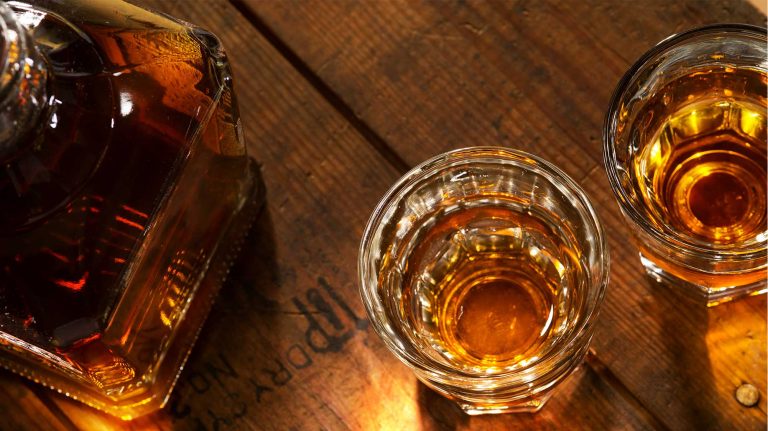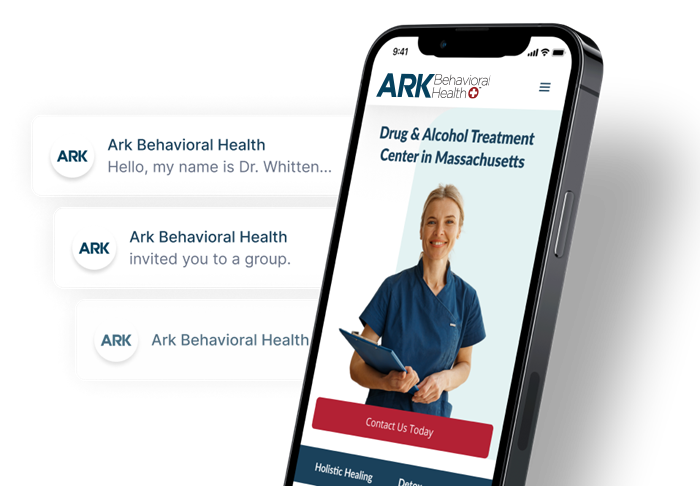Liquor Vs. Alcohol | Is There A Difference?

Alcohol is a broad term that includes beer, wine, spirits, and liqueurs. Liquor, however, only refers to alcohol that’s gone through a process called distillation.
Another difference between alcohol and liquor is the fact that liquor refers to a specific type of alcoholic drink, while alcohol is the organic liquid compound or substance found in any alcoholic beverage.
It’s important to point out that there can be many different types of alcohol, including undistilled and distilled alcohol.
Distilled & Undistilled Alcohol
To become more familiar with distilled and undistilled alcoholic beverages, take a closer look at the common types of alcohol. Undistilled beverages include:
- sake
- beer
- mead
- wine
- hard cider
Beverages that have undergone the distilling process include:
- whiskey
- vodka
- brandy
- gin
- tequila
- rum
- everclear
- absinthe
Distilled Vs. Undistilled
Every drink listed as distilled and undistilled can be referred to as alcohol. However, liquors and hard liquors are made from a process known as distillation.
When the process of distillation takes place, it converts a fermented substance into higher alcohol by volume (ABV). This means that a distilled beverage will most likely contain more alcohol than an undistilled beverage.
An undistilled beverage is known as a fermented drink because it uses fermented grain. Common fermented drinks include wine and beer. Undistilled beverages are made from fermented grains or fruit.
More About Liquor
Hard liquors can be turned into a mixed drink by adding flavorings and liqueurs such as:
- grand marnier
- frangelico
- schnapps
- kahlua
The type of liquor you choose will determine the alcohol concentration in your drink. While some drinks consist of pure alcohol, others may only have a small percentage of alcohol.
An example of this is malt liquor. Malt liquors are sometimes added to the beer category of alcoholic drinks. However, malt liquors contain more alcohol than regular beer and therefore go by the name “malt liquor.”
You can combine distilled and undistilled alcohol drinks. For instance, mixing wine and brandy can create a vermouth drink.
The Effects Of Alcohol
Alcohol is the substance found in all alcoholic beverages. Drinking alcohol can cause a number of side effects such as:
- decreased inhibitions, which can lead to promiscuity and sexually transmitted diseases or unwanted pregnancies
- mood changes, which may lead to violence
- blurry vision, which can lead to car crashes and other incidents
- slurring of words
- loss of balance, which can lead to falls, accidents, or drownings
Because of these effects of alcohol, it’s important to manage the number of alcoholic drinks you consume. If you partake in heavy drinking or binge drinking, you may develop alcohol use disorder (AUD).
If you or a loved one struggles with excessive alcohol consumption, please contact us today.
Written by Ark Behavioral Health Editorial Team
©2024 Ark National Holdings, LLC. | All Rights Reserved.
This page does not provide medical advice.
Centers for Disease Control and Prevention - Alcohol FAQ
National Institute on Alcohol Abuse and Alcoholism - A Standard Drink
National Institute on Alcohol Abuse and Alcoholism - Drinking Levels Defined
World Health Organization - Chemical Composition of Alcoholic Beverages, Additives, and Contaminants
World Health Organization - Worldwide Production and Use of Alcoholic Beverages
Questions About Treatment?
Ark Behavioral Health offers 100% confidential substance abuse assessment and treatment placement tailored to your individual needs. Achieve long-term recovery.
100% confidential. We respect your privacy.
Prefer Texting?
Our friendly support team is here to chat 24/7. Opt out any time.







 Learn More
Learn More








